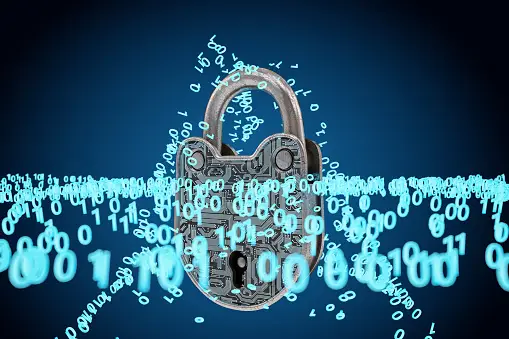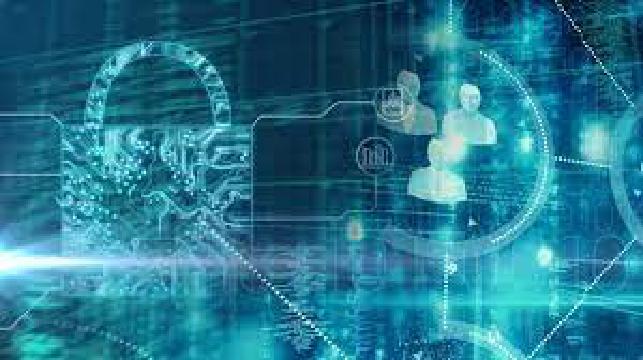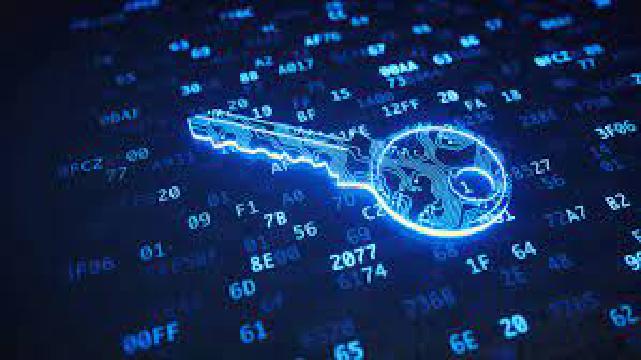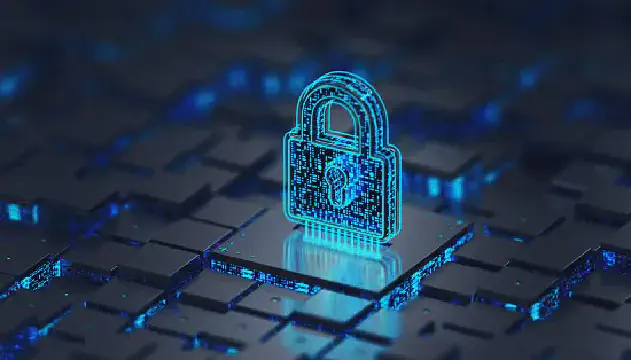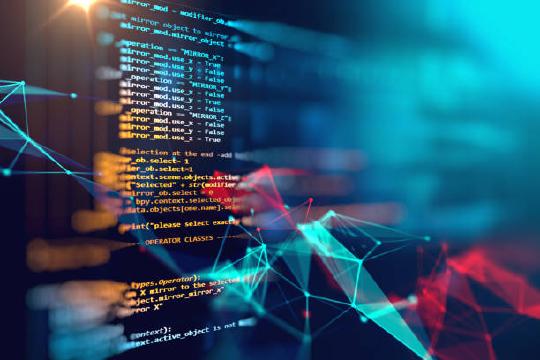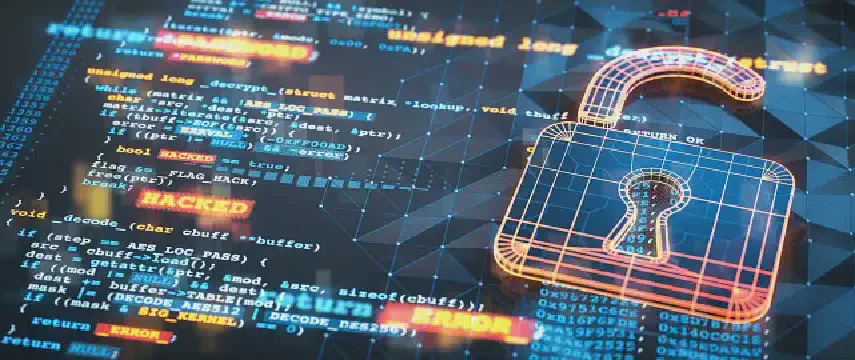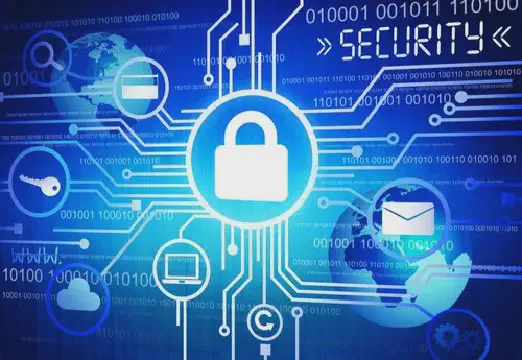Excerpt§
Explore the limitations of binary encoding and discover what cannot be accurately represented in binary. From human emotions and experiences to abstract concepts and cultural nuances, learn why alternative forms of communication and expression are essential.
Introduction§
Binary encoding is a way to represent data using only two values - 1 and 0. Each 1 or 0 is called a bit and a group of 8 bits makes up a byte. This simplest form of encoding is used to store and process data in computers and digital devices.
While binary encoding is powerful, it also has significant limitations. There are many complex forms of information that cannot be accurately represented in simple binary format. Understanding these limitations is important as we advance our digital world.
Human Emotions and Experiences§
Human emotions and experiences are deeply complex. Simple feelings like love, joy, sadness, and grief cannot be sufficiently encoded into binary.
Emotions involve subtle nuances and interplay of hormones, memories, behaviors and subjective perceptions. Reducing them to 1s and 0s loses enormous amounts of information and meaning. Even converting binary to formats like base64 does not capture the intricacy.
Aspects of emotions like intensity, duration, triggers, expression and impacts cannot be quantified into binary data. The lived experience of emotions arises from our brains, bodies and environment in ways that cannot be defined in simplistic digital terms.
Abstract Concepts and Ideas§
Abstract concepts and philosophies like justice, beauty, morality, and freedom also escape the limits of binary encoding.
These profound concepts have been debated for centuries with deep layers of meaning. There is no straightforward way to digitize the subtle essence of such notions into primitive binary or base64 representations.
The interpretation, understanding and application of abstract concepts requires a level of complexity far beyond simple 1s and 0s. Reducing them to binary data would lose their deeper significance.
Subjectivity and Perspective§
Human perspectives are highly subjective. Personal experiences, biases, cultures, identities and beliefs result in vastly different interpretations of the world.
This subjectivity cannot be accurately captured through binary encoding or base64 conversion alone. The nuances and diversity of subjective experiences make it impossible to develop a binary framework to represent them.
For example, a poem may evoke hundreds of different emotional responses and meanings based on each reader’s perspective. Converting these perspectives to binary would make little sense.
Cultural and Linguistic Nuances§
Human cultures and languages contain enormous nuances that are challenging to digitize. Regional dialects, idioms, customs, behaviors, rituals and etiquette vary greatly.
These nuances arise organically over time within cultures. Subtle aspects like tones, gestures and contextual meanings in languages can be extremely difficult to encode in discrete binary values.
Even advanced techniques like binary to base64 conversion cannot retain the cultural and linguistic essence. Much tacit knowledge remains beyond the capability of binary encoding schemes.But in daily life, most of them can be converted with binary code. Below I will provide you with a free binary conversion tool, hoping to help you.
Conclusion§
While foundational to computers, binary encoding has significant limitations. Many dimensions of human life like emotions, abstract ideas, subjectivity and cultural nuances cannot be accurately represented in binary sequences.
As we advance our digital world, it is important to recognize these limitations. We must develop more sophisticated techniques that move beyond primitive binary encoding to capture the full richness of humanity. Exploring alternative forms of digitizing and communicating human essence remains an open challenge.
